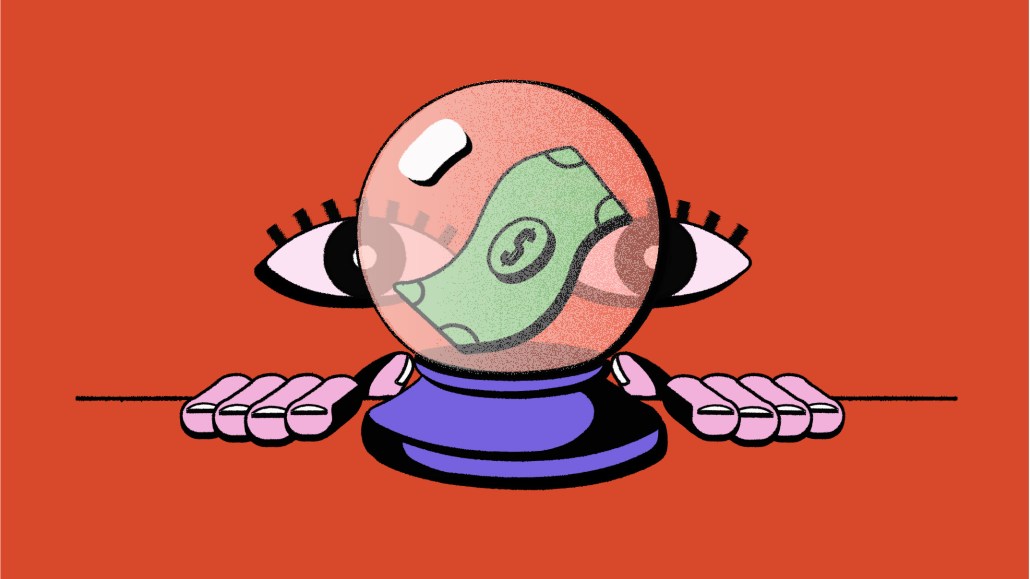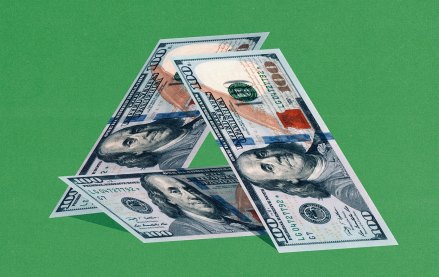Insights from CTV leaders at Dentsu, Horizon Media and more
‘There’s only so much low-hanging fruit’: Why advertisers are ramping up more full-funnel marketing strategies

The glory days of quick and easy digital customer acquisition appear to be numbered.
Over the last year, performance marketers have been feeling the squeeze on all sides with mounting data privacy changes, an increasingly crowded digital marketplace and a new era of pandemic-induced shopping habits.
The changes have pushed many of them, from small to midsize brands, to reconsider full-funnel marketing strategies, striking a more concerted balance between brand building and direct response marketing. That means rolling out more marketing touchpoints, like out-of-home and streaming video, in addition to performance marketing tactics like social media and paid search.
“At some point, you saturate acquisition and there’s only so much low-hanging fruit,” said Mike Mikho, full-service agency Laundry Service’s chief marketing officer. “The reason that you move from acquisition to full-funnel marketing is because you’ve gotten all the low-hanging fruit you can and now you need to widen your funnel and bring more people into your brand.
Recently, these tactics have been adopted by brands including Claire’s, Edible Arrangements, Shutterfly, which ramped up social media, among other channels, and Hydrow rowing, with more dollars toward mediums including out-of-home.
Tween retailer Claire’s recently launched what it calls the brand’s “biggest and most integrated initiative to date” with its Be the Most campaign. It’s supported by a robust media plan, which includes e-commerce, store experience, OOH placements in New York City and the brand’s hometown of Chicago, as well as Hulu, TikTok, Twitch, Snap and others.
The push from Claire’s, a 50-year-old brand is intended to bring in the Gen Z audience and their parents. The company has also considered expanding into new categories, such as the metaverse and gaming.
“We have to be present where our consumers are. We keep a pulse on all of the new platforms that customers are showing up in, whether it’s the virtual world, or whether it’s TikTok,” said Claire’s chief marketing officer, Kristin Patrick. “Because [society has] moved so quickly and they’re so in tune with culture, we have to be there as well.”
The volatility of the pandemic pushed advertisers to tighten budgets, especially discretionary spending meaning more marketers invested in quick and easy digital customer acquisition channels. Meanwhile, lockdown measures and mask mandates also pushed more people to shop and spend more time online.
“What we saw holistically during Covid-19 was marketers shifting pretty heavily into performance media and especially within that paid search,” said Claire Russell, head of media at Fitzco ad agency, noting the appeal of it being high intent and little risk. “Everybody just wanted to talk to the people who are in-market right now.”
It made sense during the early onset of the pandemic, Russell added, but if companies want to build the brand over time, brand awareness and storytelling channels are key. For performance marketers, CTV and OTT seem promising, given the technology has allowed programmatic buys, marrying creative with targeting and measurements.
That’s not to say full-funnel marketing is an industry revolution; some advertisers say it’s simply marketing 101.
To industry observers, it feels like a pendulum swinging. During the digital boom, marketers prioritized digital customer acquisition channels. Moving forward, that pendulum could see dollars going to storytelling channels, such as TV, said David Song, CEO at Rosie Labs ad agency.
“Full-funnel means you are literally in front of that consumer at every single possible area that that person might interact with your brand,” Song said. “The most successful brands are companies that have always done full funnel. And that to me, is just branding and direct response coming together.”
More in Marketing

Retail media’s mid-2025 reality: Why advertisers are going all in on full-funnel
Retail media’s meteoric rise may finally be leveling off — and that’s forcing advertisers to take a harder look at what they’re getting for their money.

TikTok might be working on a standalone U.S. app, but marketers aren’t sold on the idea – yet
TikTok is developing a lifeboat for its American business, but media buyers are wary of advertising implications.

Bold Calls for the back half of 2025
Now’s a good moment as any to take stock —and make a few bold calls about what’s coming next.








